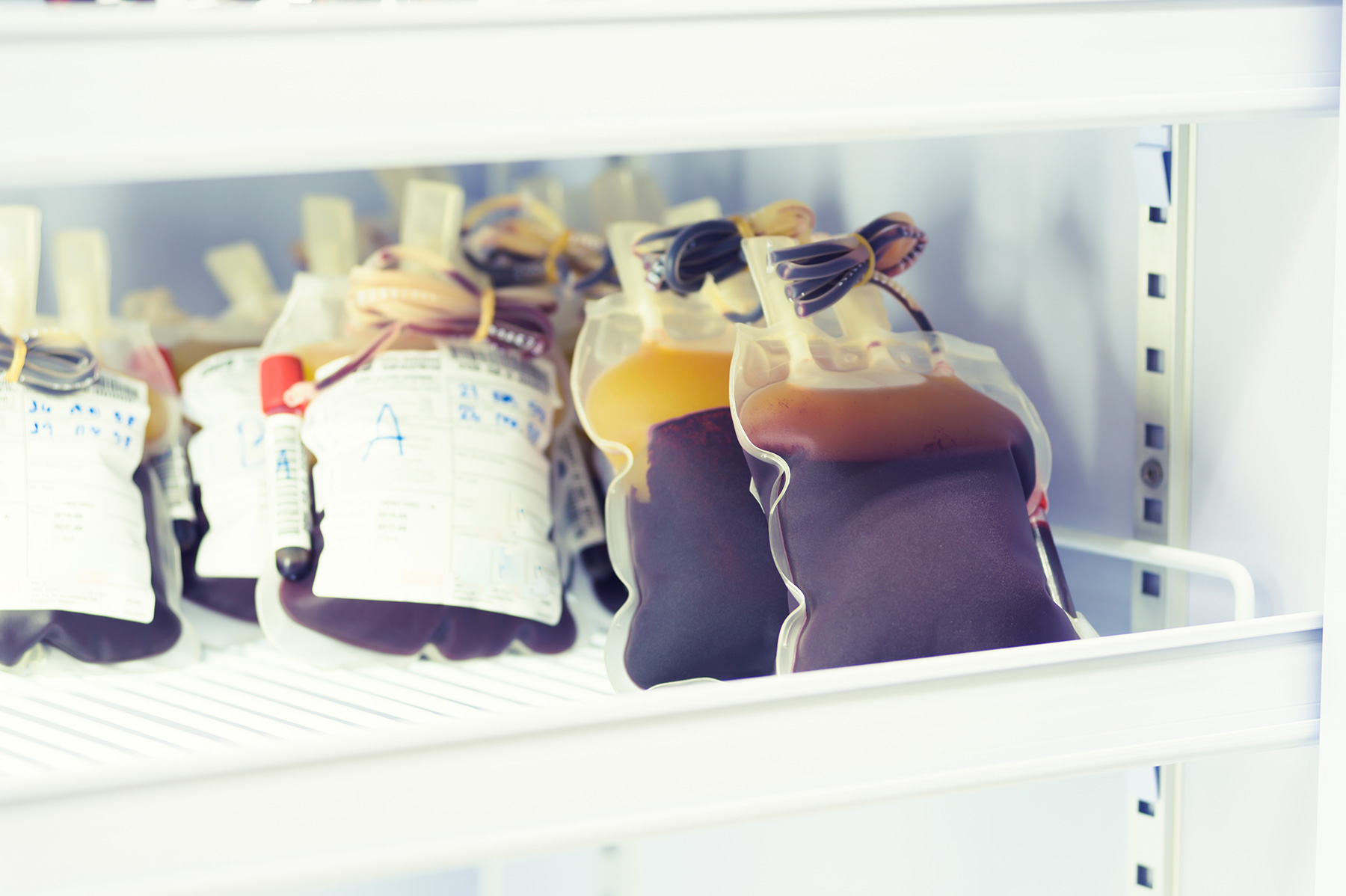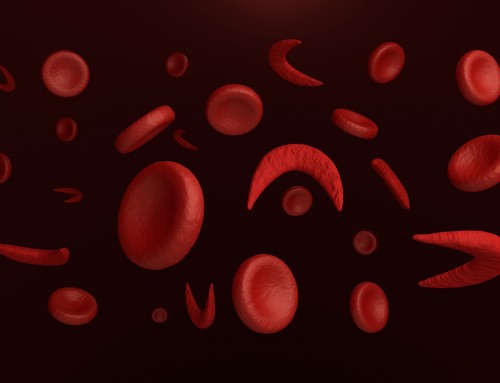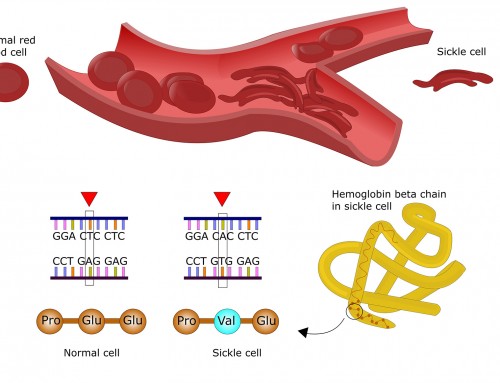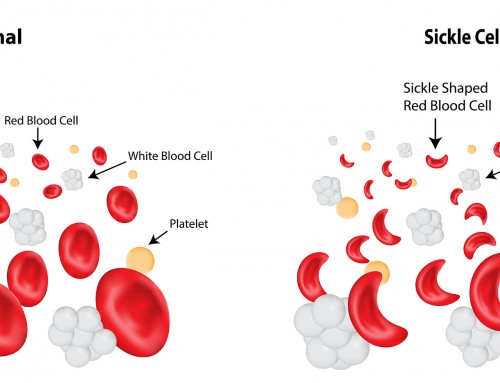[Internet]. Seattle (WA): University of Washington, Seattle; 1993-2016.
Sickle cell anemia (last updated 24th Feb 2014). Medline Plus, National Institutes of Health.
Rees DC, Williams TN, Gladwin MT (2010). Sickle-cell disease. The Lancet, 376(9757): 2018-2031.
What is the treatment for Sickle Cell Disease?
Currently the only cure for sickle cell disease is a stem cell transplant. A stem cell transplant involves depletion of the affected bone marrow using radiotherapy or chemotherapy, and replacement with healthy donor stem cells for generation of new healthy blood cells. However, it is often associated with difficulties and complications such as finding suitable donors or rejection of donor stem cells and can lead to high risk of death.
There are treatments for sickle cell disease that aim to relieve symptoms and prevent further complications, which include blood transfusions, medications and other additional treatments.
Blood transfusions
People with severe sickle cell disease often require regular blood transfusions. Blood transfusions increase the amount of normal red blood cells in the blood circulation, which can temporarily relieve anemia. It also decreases the likelihood of stroke, a risk associated with sickle cell anemia. However, blood transfusions are associated with other risks such as infections, immune reactions and organ damage from iron overload, so regular monitoring is required.
Medications
There are three general types of medications used for treating sickle cell anemia:
1. Antibiotics
Antibiotics are drugs that fight bacterial infections by either killing the bacteria or inhibiting them from reproducing. They are commonly used to prevent and treat infections in people with sickle cell disease, as they are more susceptible to infections. Children with sickle cell anemia often take the antibiotic penicillin from 2 months of age to 5 years old, for the prevention of life-threatening infections such as pneumonia.
2. Pain relievers
Over-the-counter pain medications or other non-steroidal anti-inflammatory medications (NSAIDs) can be used to manage pain during a sickle cell crisis.
3. Hydroxyurea
Fetal hemoglobin is found in all newborns, before the adult form of hemoglobin is produced. Fetal hemoglobin is not affected by the genetic mutations that cause changes in adult hemoglobin and sickle cell anemia. Hydroxyurea stimulates production of fetal hemoglobin, which can help to reduce the frequency of pain episodes and reducing the need for blood transfusions.
Additional treatments and preventive measures
Supplemental oxygen can be helpful to people with acute chest pain and other sickle cell pain crises, as it adds extra oxygen to the blood and helps with easier breathing. Avoiding extreme temperatures of heat and cold, and ensuring adequate hydration are important to prevent the triggering of pain crises. The risk of stroke in people with sickle cell anemia can be assessed using a transcranial ultrasound, and those with a high risk of stroke can then be treated with regular blood transfusions. Vaccinations are recommended in prevention of disease in people with sickle cell anemia, especially in children.
References:
Bender MA, Douthitt Seibel G (2003, updated 2014 Oct 23). Sickle Cell Disease. In: Pagon RA, Adam MP, Ardinger HH, et al., editors. GeneReviews®
DNA In the News2017-04-06T20:55:08+00:00





